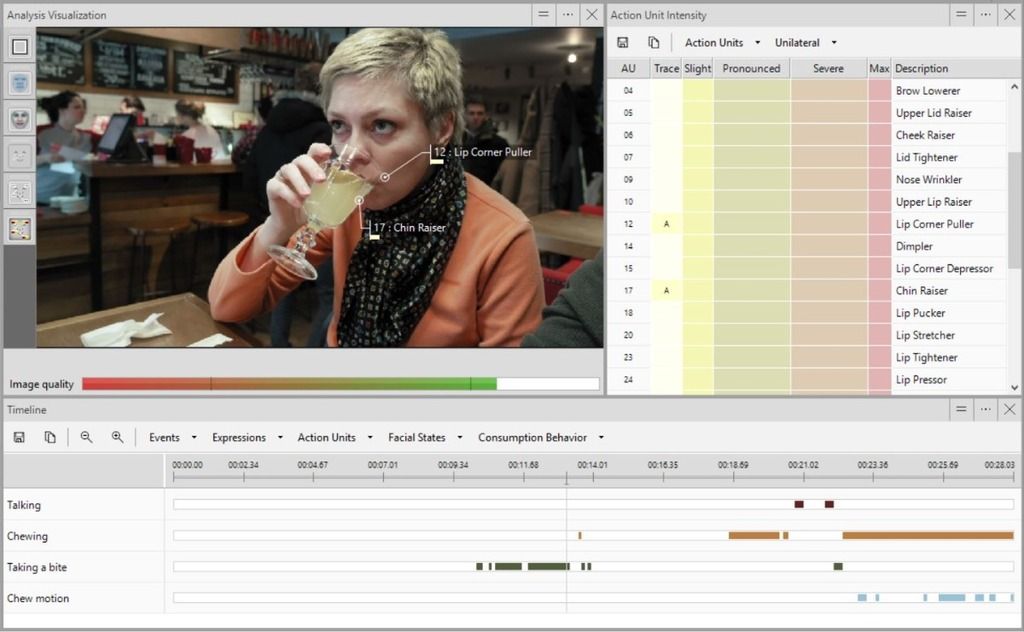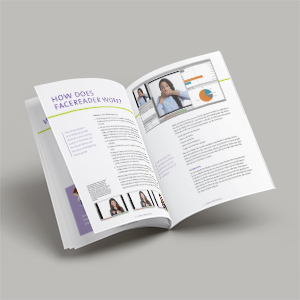Consumer behavior: do we enjoy the buffet to its fullest potential?

In a buffet restaurant, do you also want to try another dish? Just because it's available? Read this blog post about how choice influences eating behavior.
Posted by
Published on
Mon 13 Mar. 2017
Topics
| Coding Behavior | Coding Schemes | Consumer Behavior | Eating Behavior | Food | Sensory Science | The Observer XT | Video Observation | Video Recording |
There are parts of the world where people eat primarily for pleasure, and less so to fulfil nutritional needs. In my eyes, that is a sign of prosperity and wealth. In these areas, there is more than enough to eat, and a wealth of different foods to choose from. But in these same parts of the world people are overweight, more and more diabetic, and suffering from cardiovascular diseases. So what is wealth, in terms of food? To address this, let’s zoom in on a consumer study that focuses on recognizing signs of fullness.
Sensory-specific satiety – eat more or eat less?
Have you ever been to an all-you-can-eat buffet restaurant? People (yes, me too) are more likely to eat a larger amount of food at a buffet restaurant. Why? Researchers explain that this occurs in part due to the large variety of foods and flavors available, which continually renew a sense of appetite in the individual.
As a food is consumed, its perceived pleasantness declines compared to that of other foods. This is what is called ‘sensory-specific satiety’, and is a likely contributor to the termination of eating due to decreased pleasantness of a single food. In a buffet setting, intake may increase because people tend to eat another dish because it is available and offers a different sensory experience.
Autonomic nervous system responses and facial expressions
Wei He and other researchers from Wageningen University and the University of Geneva measured sensory-specific satiety using autonomic nervous system (ANS) responses and facial expressions. The goal was to assess novel behavioral research techniques to evaluate their value for consumer behavior studies. They set up three tasting conditions based on all same foods, similar uneaten foods, and different uneaten foods, and compared the food consumed to satiety.
The test with four test foods
A total of 24 female participants were recruited and four test foods (2 sweet, 2 savory) were selected. The test foods could be ingested through a straw without chewing. This was chosen to minimize motor activity that may produce artefacts in ANS responses and facial expressions. During the test, participants were asked to face a camera while tasting and consuming the foods to ensure optimal analysis by the FaceReader software. After every three sips, participants provided their own ratings for pleasantness of the test food and indicated whether they wanted to continue eating, until they felt comfortably satiated.
Biometrics and behavior
During the session, participants’ physiological responses and facial expressions were continuously measured. The researchers used BioLab (version 3.0 from MindWare Technologies Ltd.) and FaceReader (version 5 from Noldus Information Technology bv).
The close up images of the participant’s face were analyzed off line in FaceReader with results then imported into The Observer XT, which enabled synchronization of MindWare and FaceReader data. If you'd like to learn more about tools for behavioral and biometric research, go to the consumer research toolkit page.
Synchronization is key in understanding behavior because you’re searching for patterns in behavior, emotions, and physiological signals. When your different data streams are accurately synchronized as they were in this study, it tells you the complete story. Integration of data is something that Noldus specializes in.
The moment that test foods reached the lip of participants was marked manually as tasting moment 0 in the video recordings. Video data was combined with a trigger in The Observer XT software each time a test food was tasted. Synchronization of data signals was automatic in the case of the skin conductance level, heart rate and skin temperature, and video signals.

Consumption results in increased heart rate
The researchers observed a time window of 20 seconds with the tasting moment in the middle. As The Observer XT software positions all data on one time line, the researchers had an accurate overview of all their integrated data. They found out that in general, consumption of the test meals resulted in increased heart rate, reduced skin conductance and skin temperature, as well as intensified anger and disgusted facial expressions.
Results suggested that satiety results in a shift in emotions associated with shifts in the foods' pleasantness as well as the arousal triggered by the food. However, the researchers did note that this study tested in a lab situation with people drinking from a straw. They would like to test in a more natural eating situation.
They believe these methods are a good way to start explorations in the field of emotions and eating behavior, given the novel combination of methods and study design.
Reference
He, W.; Boesveldt, S.; Delplanque, S.; de Graaf, C.; de Wijk, R. (2017). Sensory-specific satiety: Added insights from autonomic nervous system responses and facial expressions. Physiology & Behavior, 170, 12-18.
Related Posts

Top 5 Consumer behavior research on the Behavioral Research Blog

Fake or real? AI illusions on the street


